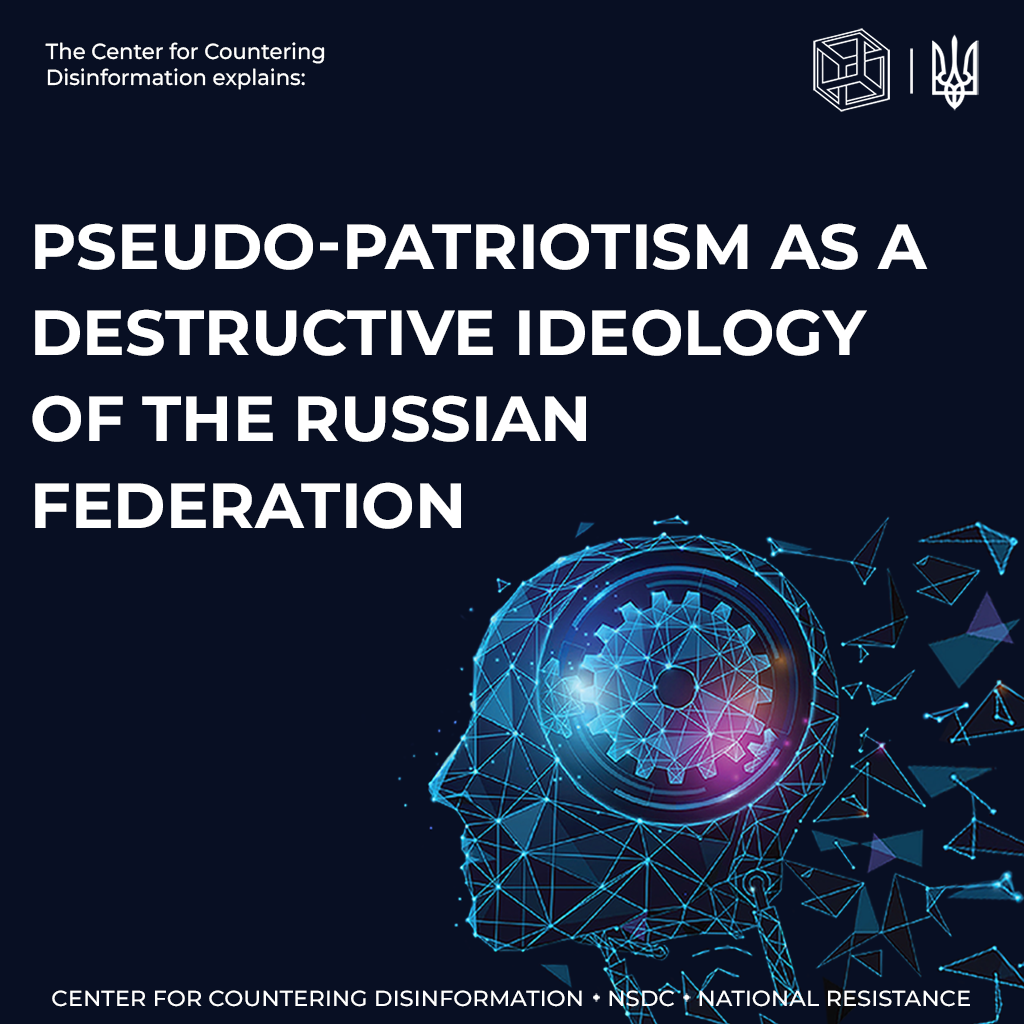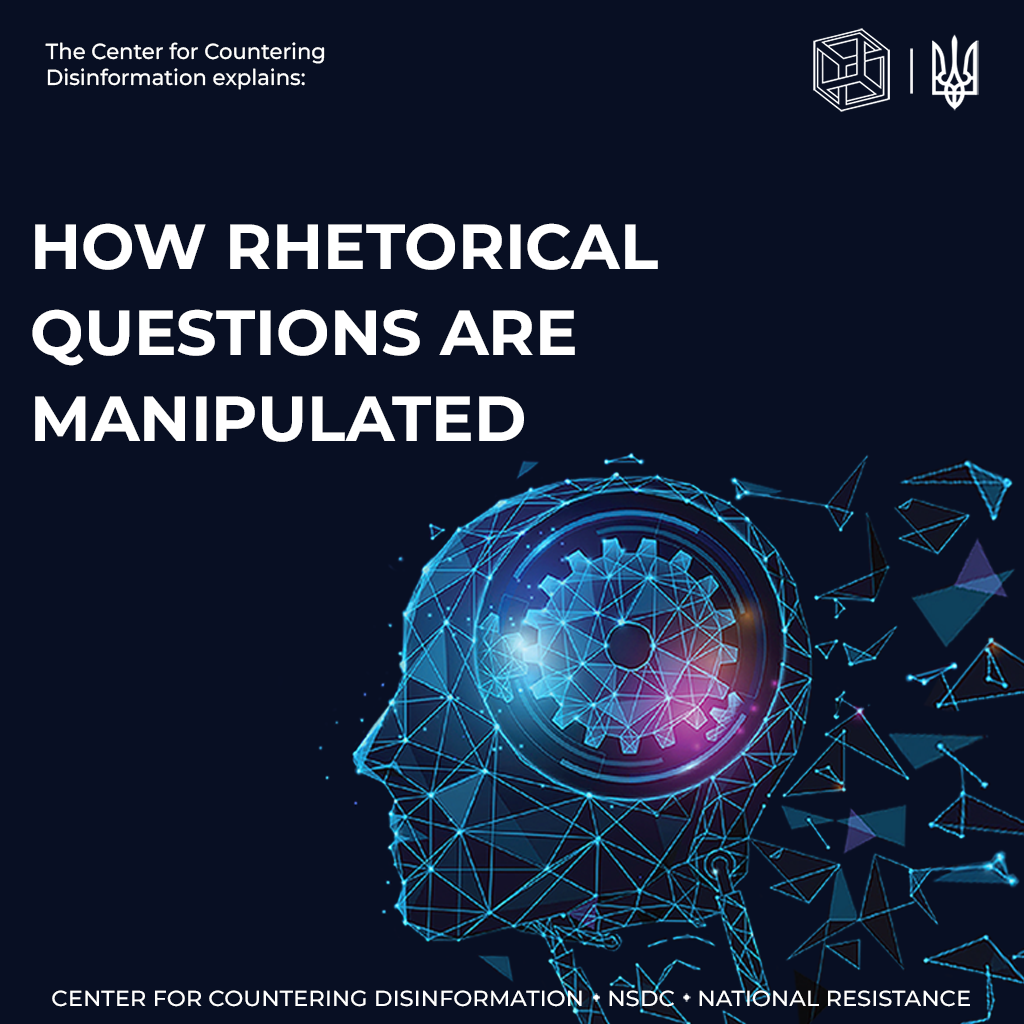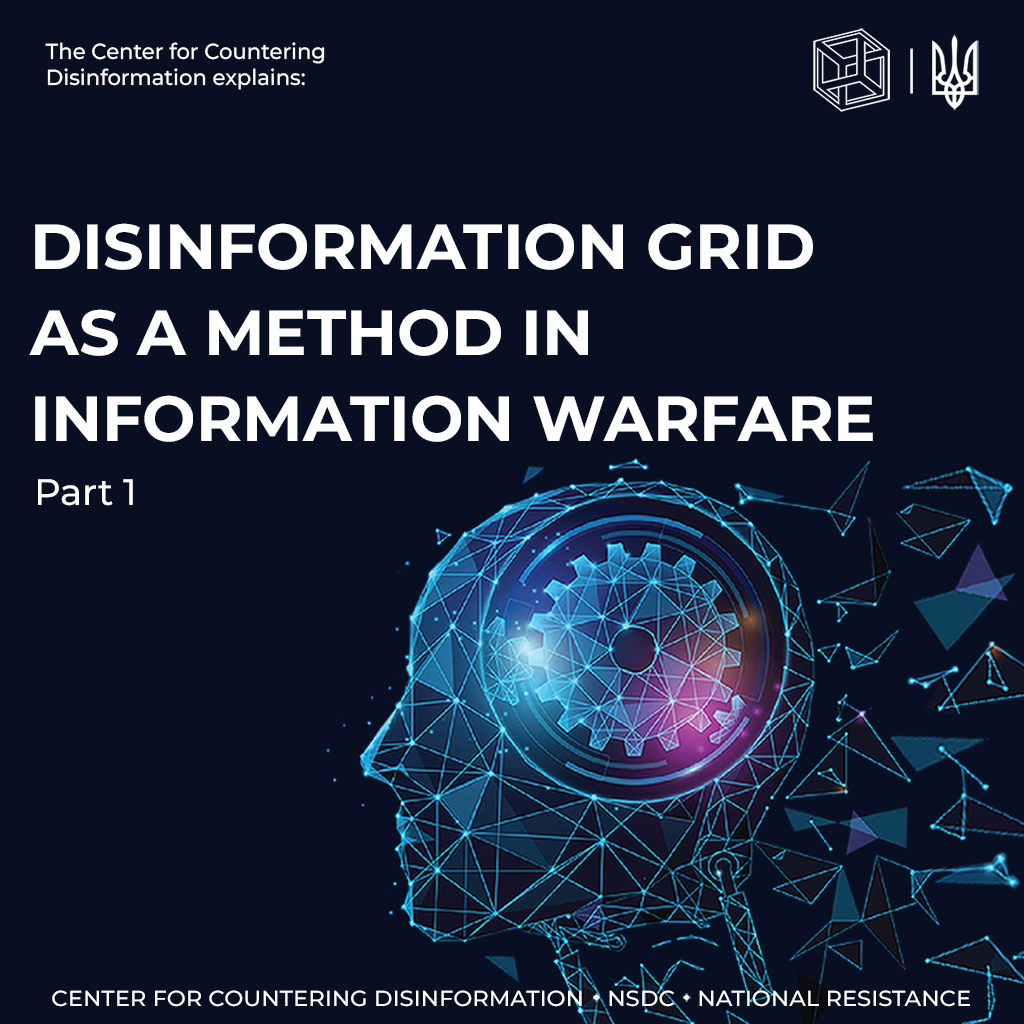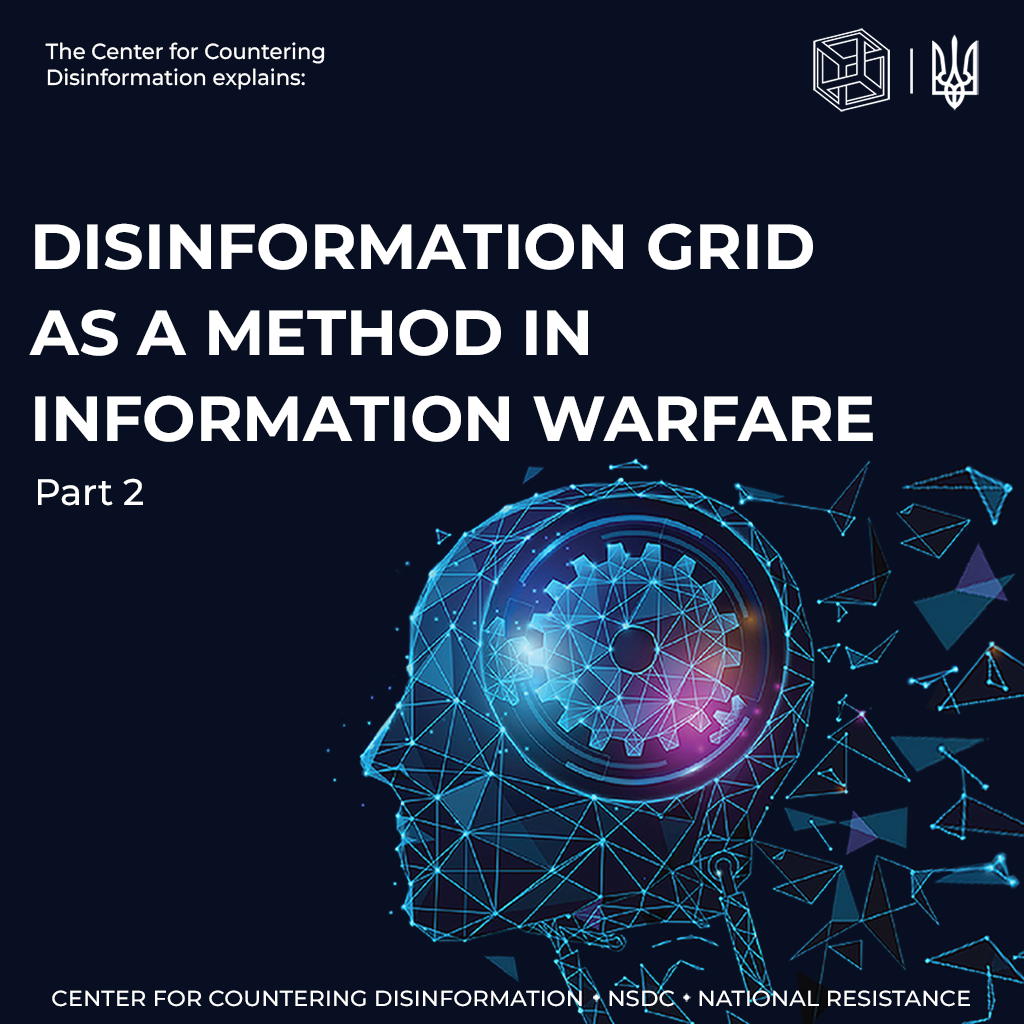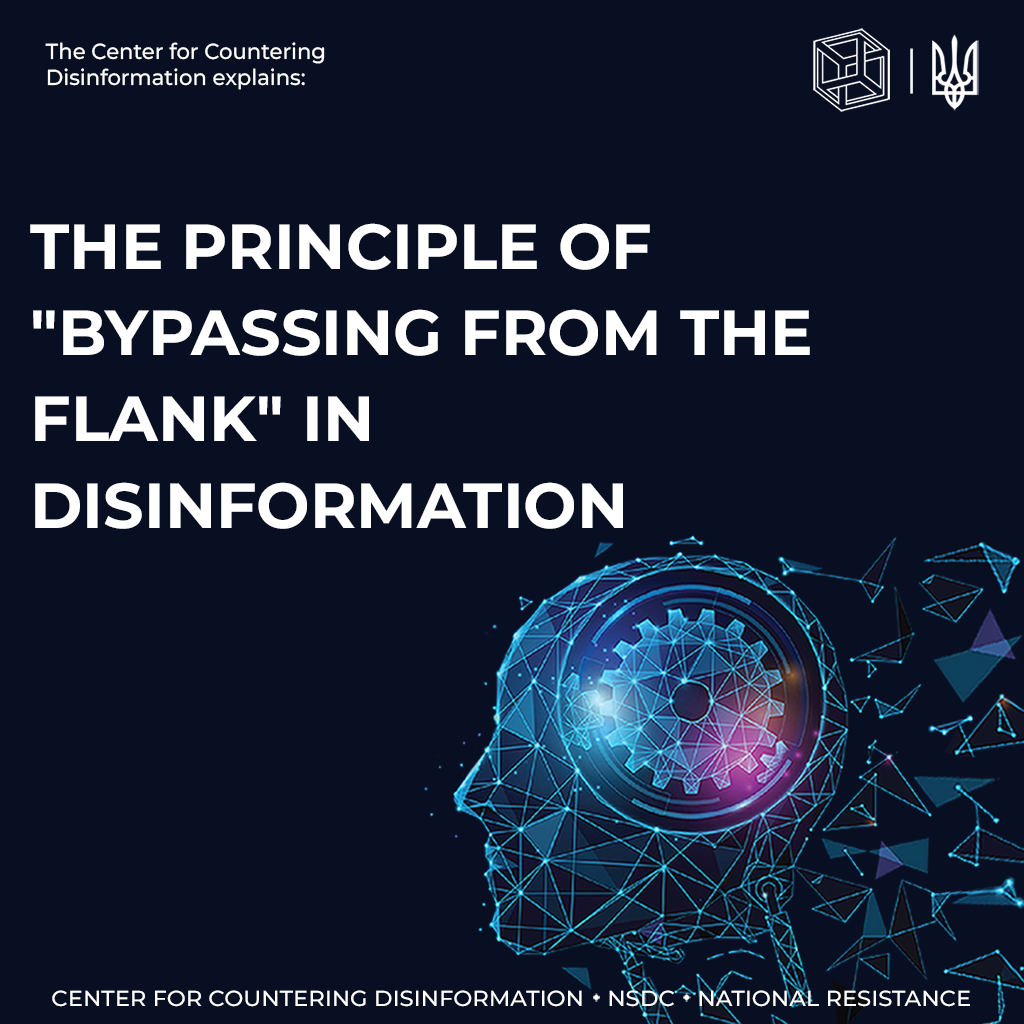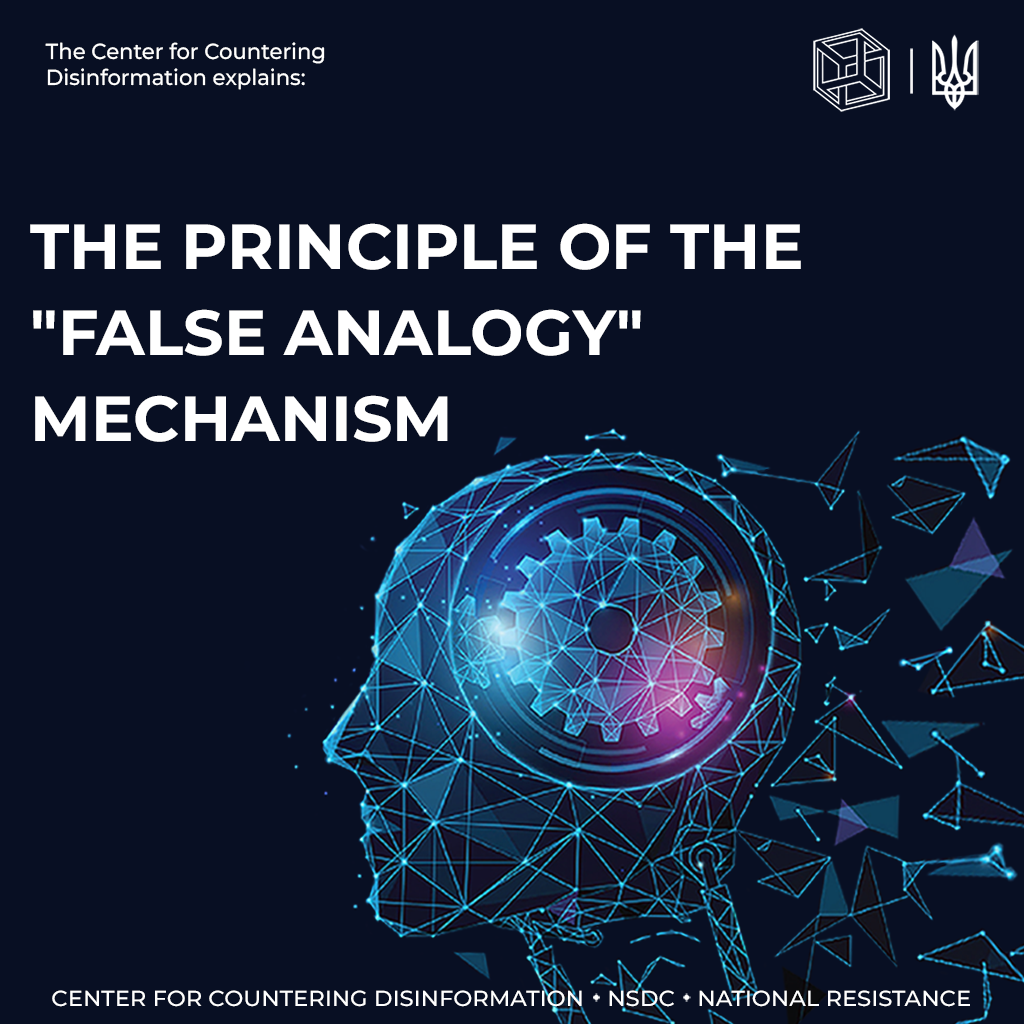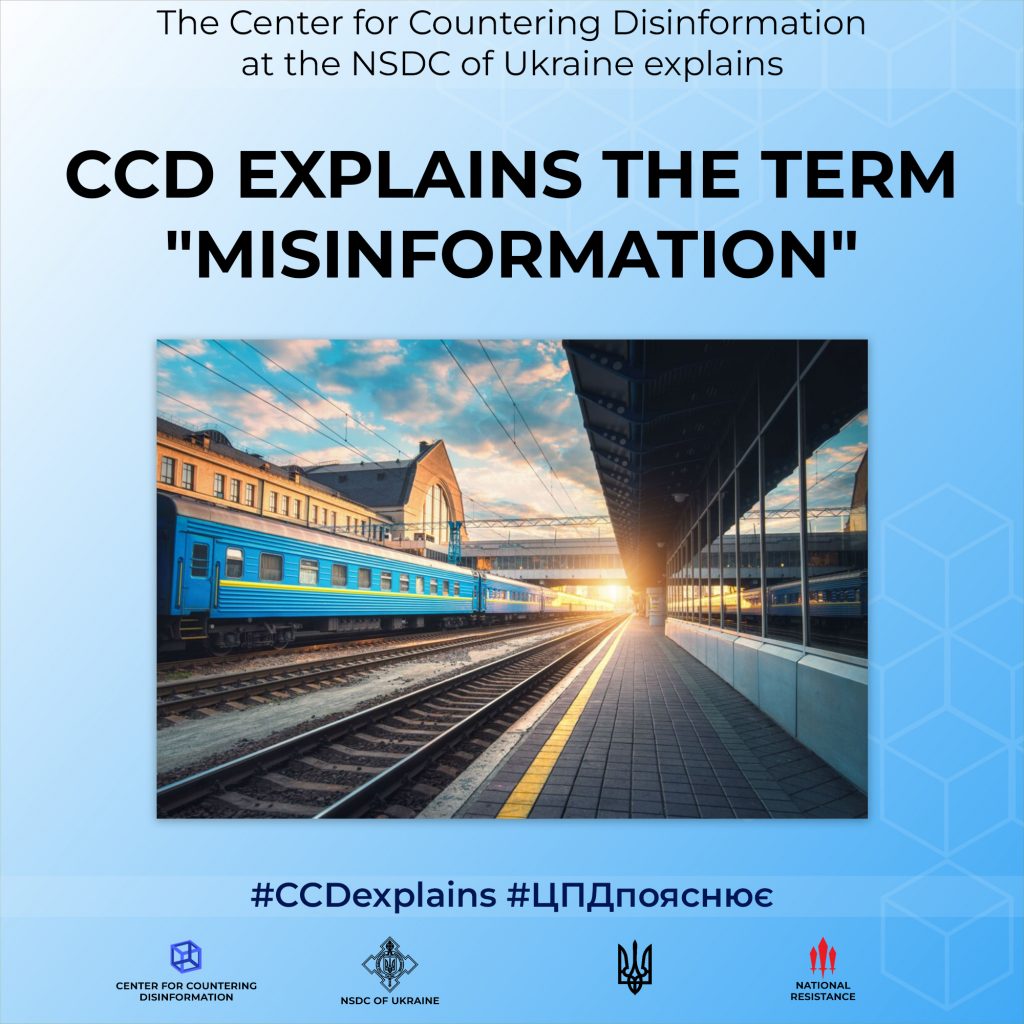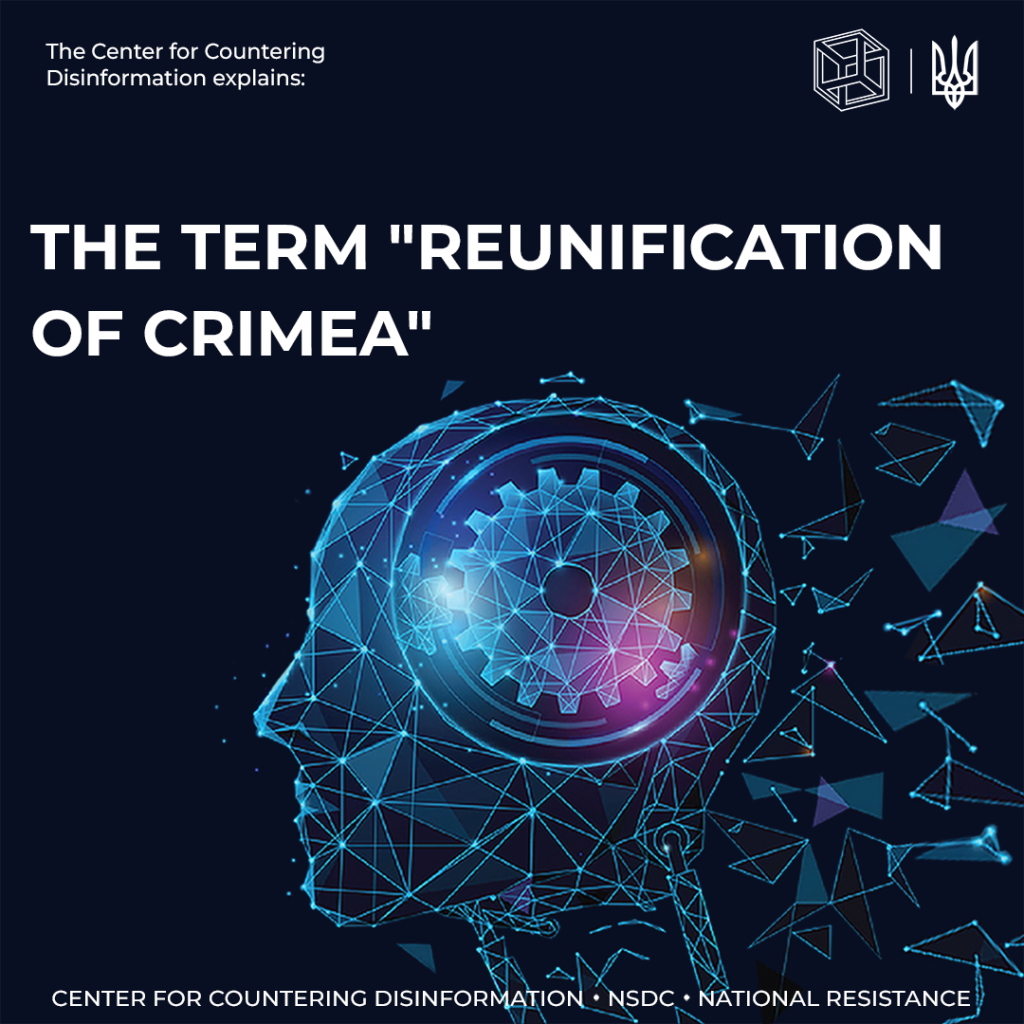CCD explains the term “pseudo-patriotism”
Pseudo-patriotism is the unjustified downplaying of negative socially important factors, such as poor living standards, exaggerated admiration for domestic achievements, including in public administration. Examples: Due to the lack of components, the Renault factory nationalized by russia begins to produce cars that lack modern active and passive safety equipment and…
CCD explains how rhetorical questions are used in disinformation
The rhetorical question in disinformation is the use of unquestionable fake facts, leading to a question that doesn’t actually require an answer. Example: Russian propaganda asks its audience a seemingly simple question, but gives it the appropriate context, which pushes the listener to the conclusion the manipulator needs: – We…
How disinformation grid works in Telegram channels (part 1)
In Ukraine, there are many Telegram channels that publish unconfirmed political and military insights and subjective views on geopolitical relations between Ukraine, russia, the US, the EU, etc. Most often, these are anonymous Telegram channels that regularly repost (quote) each other and have a disinformation tone. These channels are infoterrorists,…
CCD explains how disinformation grid works in Telegram channels (part 2)
A disinformation grid is several Telegram channels united by a common management system, concept, and idea. The structure of the grid usually includes: Owner (beneficiary) of the Telegram channel. Curator – a person who assigns technical tasks and monitors their fulfillment. Editor-in-chief – publishes a post at a specific time….
CCD explains how the mechanism of “bypassing from the flank” works in disinformation
“Bypassing from the flank” is the dosed transfer of reliable information, the accuracy of which is known to listeners or readers in advance and can be easily verified by them. Propaganda messages are actually ” wrapped” in such data. The purpose of using “bypassing from the flank” is to draw…
CCD explains how the “statement of fact” mechanism works in disinformation
“Statement of fact” is the presentation of the desired information in the media as indisputable. Most often, this mechanism is used in the news format or in the format of sociological research. To give greater credibility to materials using the “statement of fact” mechanism, propaganda widely uses comments from “opinion…
CCD explains how the mechanism of “false analogy” works in disinformation
A “false analogy” is created when comparing properties and relations whose connection has no real basis in reality. People tend to think in analogies, using logical cause-and-effect connections. When these connections are replaced by propaganda, a false analogy arises, in which the probability of a conclusion is zero. Example: The…
CCD explains the term “hidden mobilization”
Sseveral pro-russian Telegram channels that provide media support for russia’s war against Ukraine have posted messages about “gathering and promptly sending volunteers” to the Mariupol area to help Donbas residents. It is noted that for the 14-day mission, only stress-resistant men over the age of 18 without serious chronic diseases…
CCD explains how the “persuasion” mechanism works in disinformation campaigns
Persuasion is a method of organized influence on the human psyche by appealing to its critical judgment, with an idea that someone firmly believes in. Example: “Ukraine was created by lenin”. Spontaneous beliefs are decisions or conclusions without critical consideration. Example: Having been convinced by the occupiers that they will…
CCD explains the term deepfake
One of the methods used by russian propaganda is the spread of deepfakes, in particular, on Ukrainian government officials. Deepfake is a combination of the terms deep learning and fake. How is a deepfake created? Images of a person are used to combine and overlay other images or videos using…
CCD explains the term “misinformation”
Misinformation is an unconscious mistake and presentation of inaccurate or distorted facts. Misinformation is an unconscious mistake, and therefore does not have the same malicious intent as disinformation. Misinformation can be spread even by professional journalists out of haste and a desire to be the first to report the news….
CCD explains the term “reunification of Crimea”
The term “reunification of Crimea” The reunification of Crimea and Sevastopol with russia, the annexation or return of Crimea are terms created by russian propaganda to “justify” the annexation of Crimea. The correct way to call it is russia’s armed aggression against Ukraine in Crimea. On June 26-30, 1991, the…



